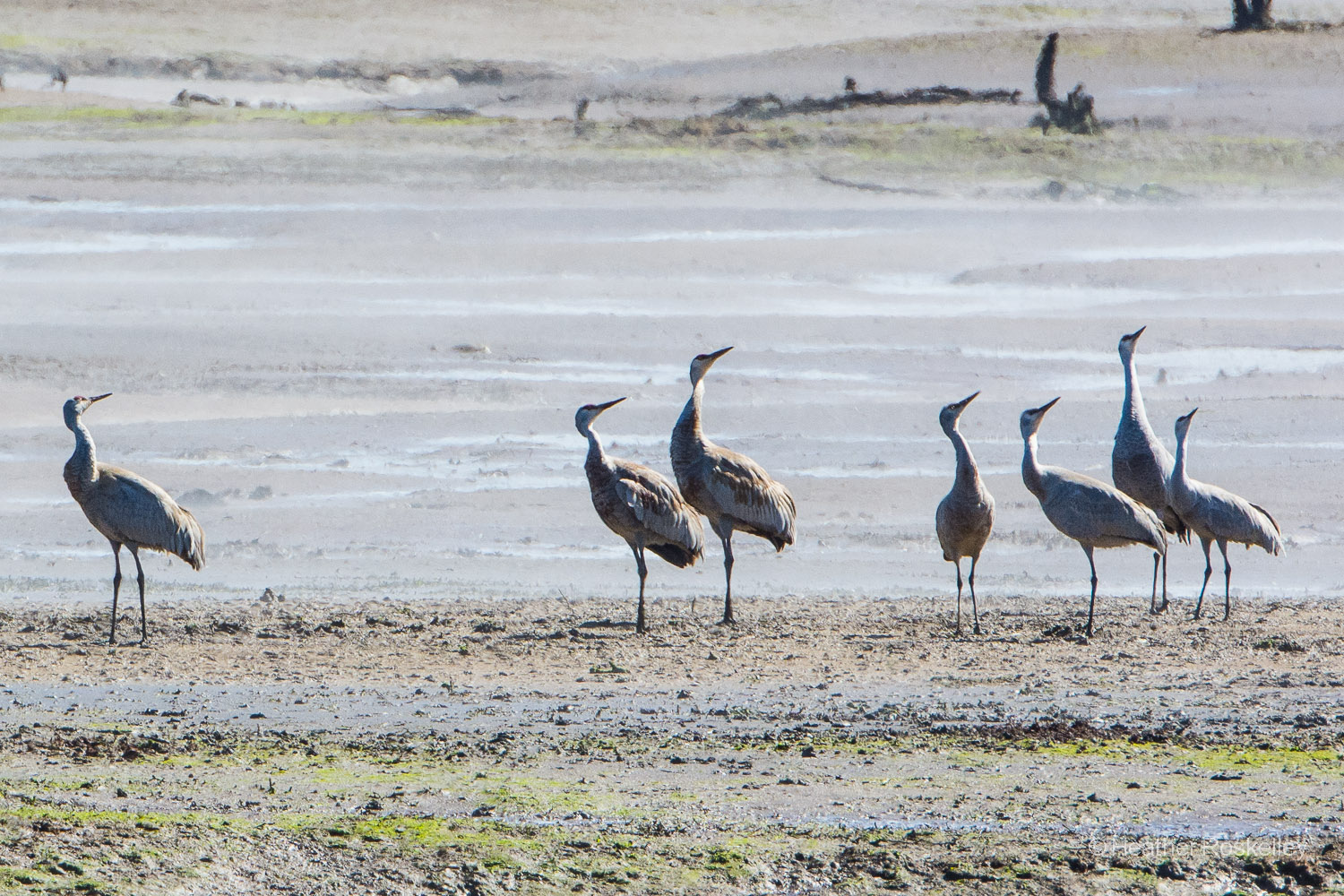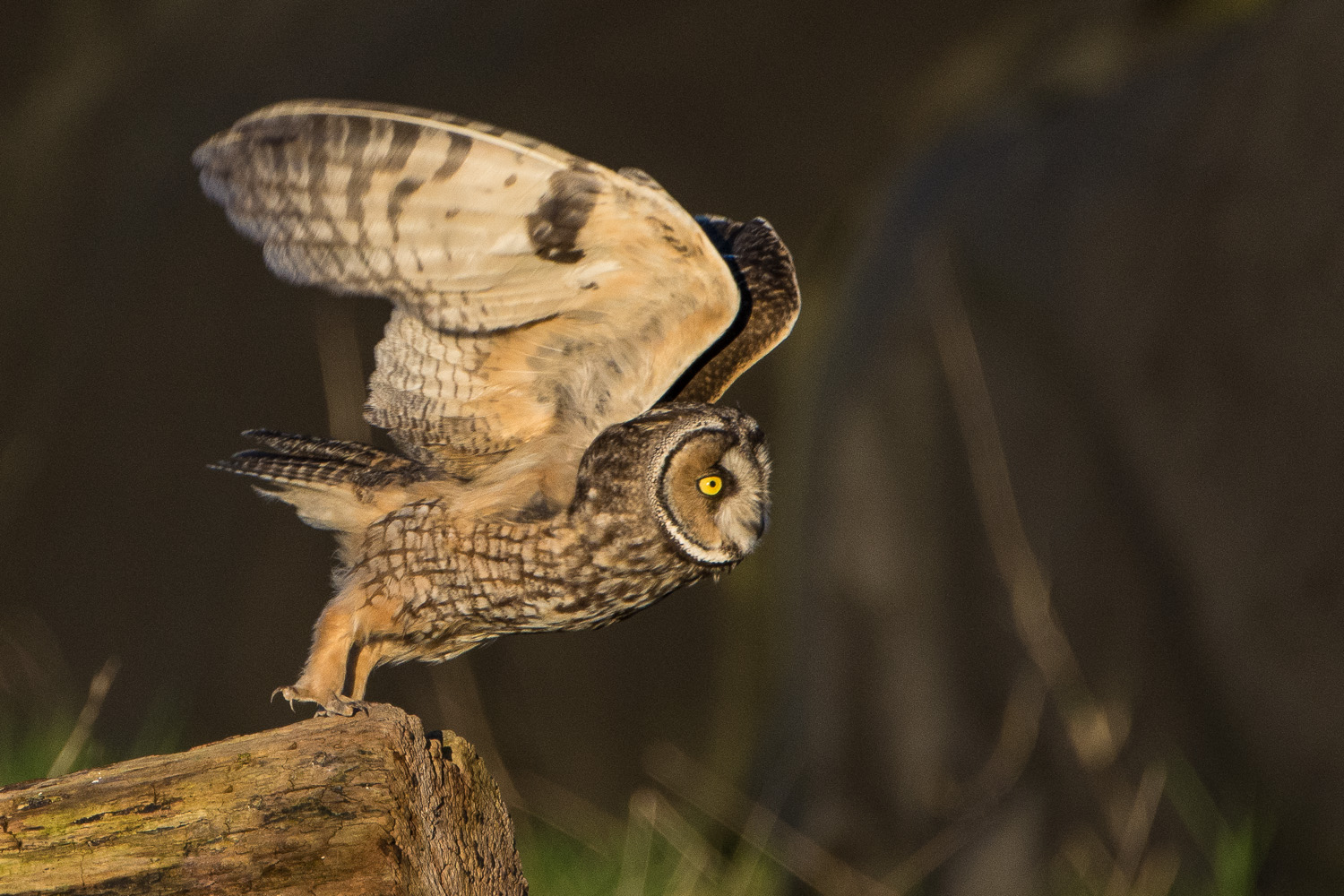I recently read that the old TV series Twin Peaks will be revived in 2017 on Showtime with most of the original cast members from 1990 and 1991. This cult TV show put the Pacific Northwest on the map as a place of mystery, weirdness, lots of trees, and pie. (The site of the Double-R Diner is Twede’s Café in North Bend – where you can still get a slice of cherry pie and “a damn fine cup of coffee.”) The maestro of strange and co-creator of both the old and new series – David Lynch – will again be directing.
What does Twin Peaks have to do with the Varied Thrush? When I looked at the opening credits of the old series on YouTube, there it was – a bird found primarily in the forests of the Pacific Northwest up through British Columbia and Alaska. It’s a shy bird – not like its cousin the American Robin – and not one that is commonly seen. Whoever created the intro must have known something about birds and specifically selected one that could almost be considered emblematic of the Pacific Northwest and our moist and mossy coniferous forests.
Varied Thrushes breed in the dense, mature forests of the Pacific Northwest, but in fall and winter many move into our residential areas, gardens, and parks. I always look forward to seeing them in October. I think robins are beautiful birds, but the male Varied Thrush is even more striking with its orange and blue-gray coloration, accented with a black eye mask and “V” on its breast.
One of my favorite places to photograph them is a grove of mountain ashes (Sorbus) in Seattle's Washington Park Arboretum. The Sorbus collection includes trees from as far away as China with berries of pink, red, orange, yellow, and white. I’ve learned that when the berries and leaves are at their peak coloration in November, the birds aren’t interested. Mid-December through early January seems to be when the berries are perfectly fermented and ripe for eating. Three thrushes – Varied Thrush, American Robin, and Hermit Thrush – can sometimes be found in the grove if one of the resident Cooper’s Hawks doesn’t scare them away.
Varied Thrushes can be difficult to photograph close-up because of their shyness. Most of the time they seem to prefer the tops of trees or hidden on the back branches. On this day, I was able to photograph one at eye-level. He was enjoying the beautiful white berries of Sorbus forrestii, a mountain ash from China.
Most of the mountain ash berries are probably gone now, and with them, opportunities to witness one of the scenes of winter that I love so much in the Pacific Northwest.


































